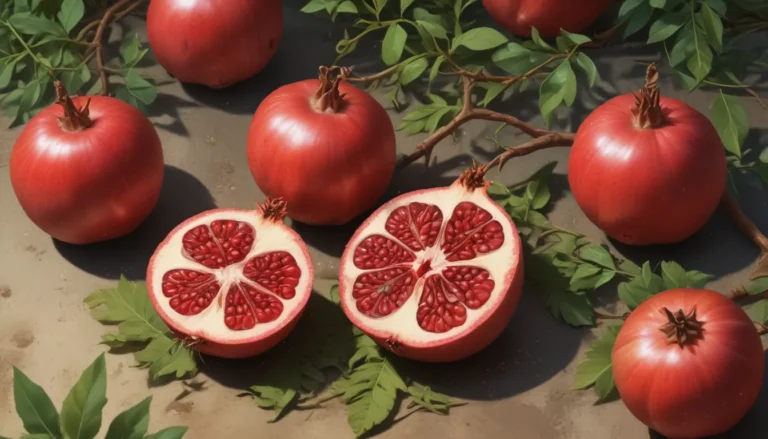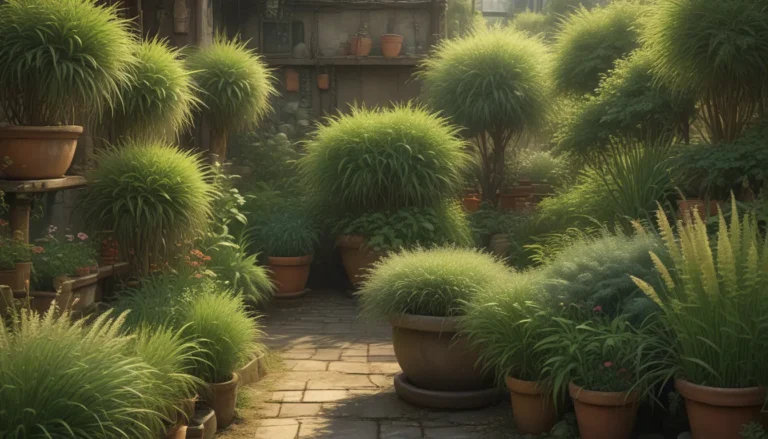A Comprehensive Guide on Rose Rust: Identification and Treatment

There are times when I step outside and notice problems developing on my roses, and I question why I bother maintaining them. But then I cut some of my favorite flowers and bring them inside, and I remember why it’s all worth it.
Rose rust is one of those diseases that often makes me question my dedication to roses. Living in an area where fungal issues are a common occurrence, I know it’s crucial to stay vigilant.
In this in-depth guide, we’re going to explore everything you need to know about rose rust, from identification and prevention to treatment and resistant cultivars.
What Is Rose Rust?
Rose rust is caused by several species of fungi in the Phragmidium genus that only infect roses. Temperatures around 65 to 70°F and moisture on the leaves for at least two hours are necessary for the spores to infect the plant.
Symptoms of rose rust include round, blackish-brown spots with orange centers on the leaves. Foliage on the bottom of the plant is usually affected first, and the disease can cause complete defoliation.
Prevention
Since rose rust spreads through air and water, it’s essential to reduce the chances of spores traveling from plant to plant. By following a few preventative measures, you can significantly reduce the impact of this disease in your garden.
- Keep your plants well pruned for quicker drying after rain.
- Water at the soil level and avoid watering the leaves.
- Use preventative fungicides like sulfur, copper, mancozeb, Bacillus subtilis, or neem oil.
- Clean your tools thoroughly to avoid spreading the disease.
Treatment
If your roses are affected by rust, prune off any symptomatic leaves and use fungicides to reduce the symptoms and spread. Severely infected plants should be removed and disposed of to prevent further spread of the disease.
Resistant Cultivars
Planting resistant rose cultivars can make your life much easier when dealing with rust. Rugosas are nearly immune to rust, making them an excellent choice if you frequently face this problem.
Some resistant cultivars to consider include ‘Boscobel,’ ‘Carefree Delight,’ ‘Cecil Brunner,’ ‘Graham Thomas,’ ‘Livin’ Easy,’ ‘New Year,’ ‘Sexy Rexy,’ ‘Mr. Lincoln,’ and ‘Peace.’ These varieties offer beauty and disease resistance, making them ideal choices for your garden.
Conclusion
Dealing with rose rust may be frustrating, but with the right knowledge and preventative measures, you can minimize its impact on your roses. By identifying the symptoms, implementing prevention strategies, using proper treatments, and choosing resistant cultivars, you can keep your roses healthy and beautiful throughout the growing season.
Are you facing issues with rose rust this year? What rose cultivars are you growing? Share your experiences with us in the comments below.
If you’re encountering other problems with your roses, check out our guides on identifying and treating downy mildew, powdery mildew, and controlling aphids on roses for more helpful information.
Remember, a little bit of knowledge goes a long way in keeping your garden healthy and vibrant. Don’t let rose rust ruin the party – take action to protect your beautiful roses!
Feel free to share this comprehensive guide with your fellow rose enthusiasts, and let’s work together to keep our gardens healthy and thriving.
By incorporating preventative measures, proper treatments, and resistant cultivars, you can effectively manage rose rust in your garden. Stay informed, take action, and enjoy beautiful, healthy roses all season long!





